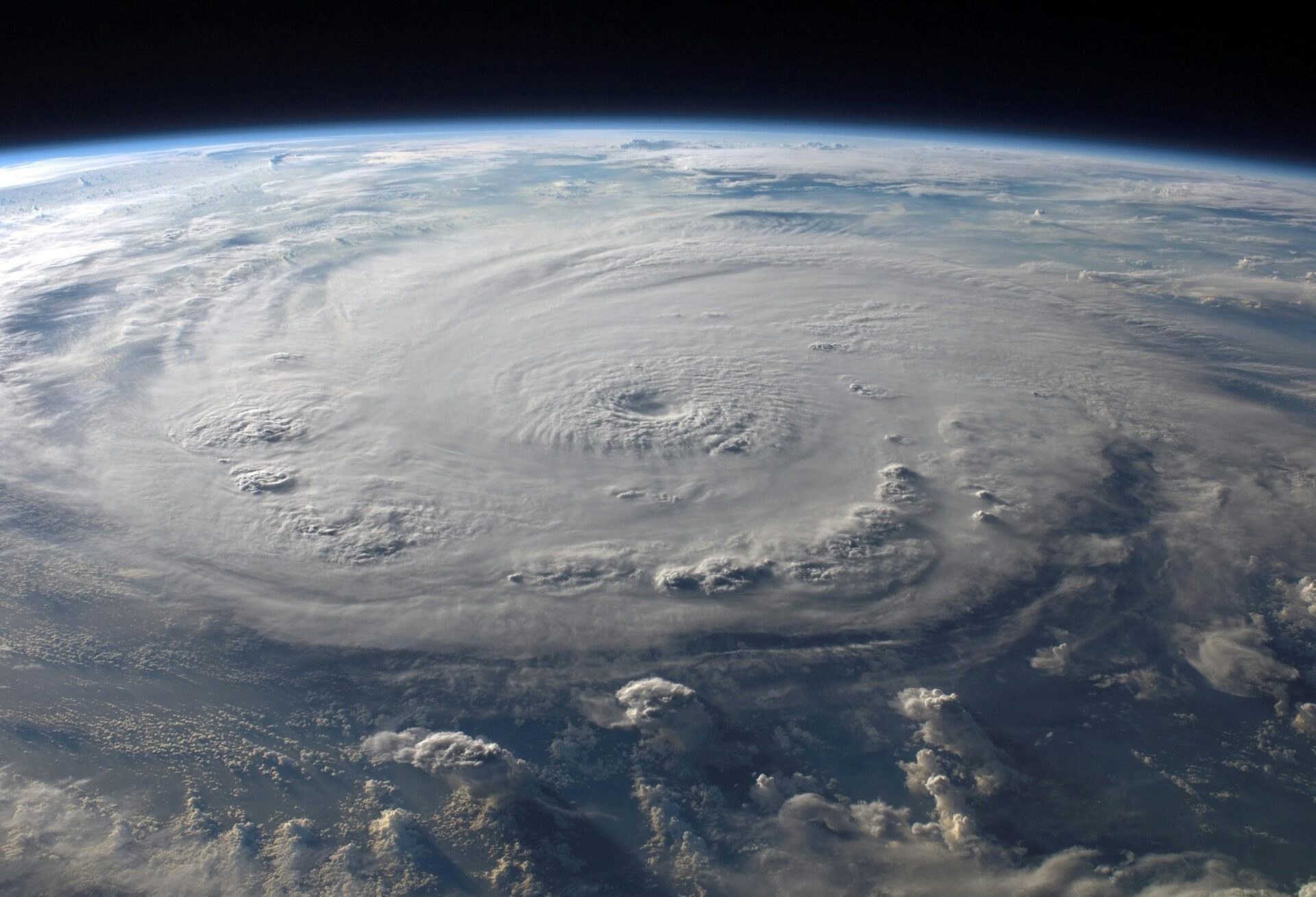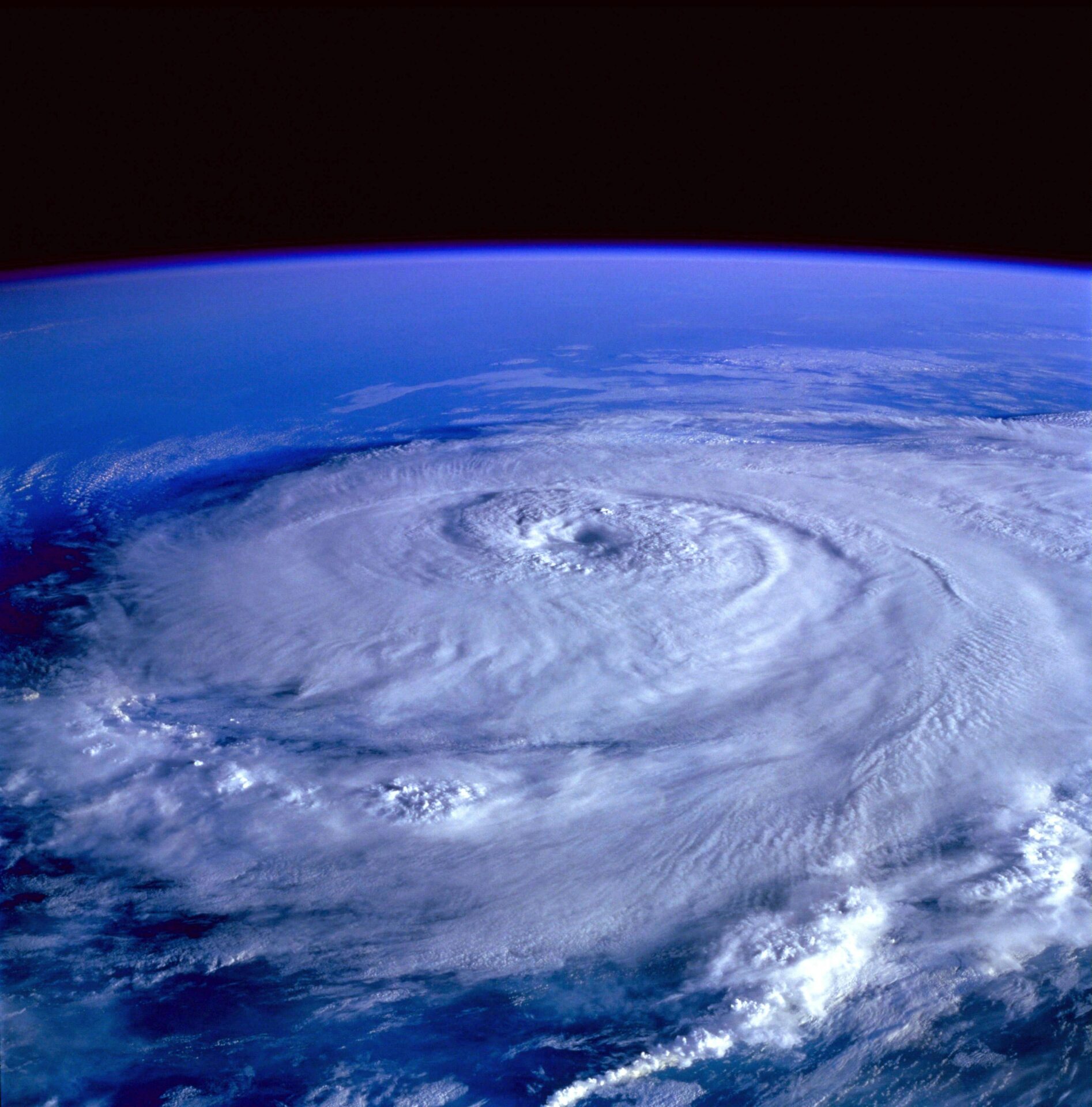NASA scientists have calculated that Earth will capture a “second moon” on Sunday, September 29. This “mini-moon” is the tiny asteroid 2024 PT5, which typically orbits the sun as part of a small asteroid belt that follows Earth.
While Earth’s primary moon has been orbiting our planet for around 4 billion years, this asteroid will be a temporary visitor, leaving before the end of the year.
According to the latest data from NASA’s Jet Propulsion Laboratory Horizons system, the temporary capture will begin at 21:54 CEST (19:54 UTC) and will end at 17:43 CEST (15:43 UTC) on November 25,” said mini-moon event expert and Universidad Complutense de Madrid professor Carlos de la Fuente Marcos to Space.com on Wednesday, September 25.
The object belongs to the Arjuna asteroid belt, a secondary asteroid belt made up of space rocks that follow orbits very similar to Earth’s, with an average distance to the sun of about 93 million miles (150 million kilometers),” Marcos told Space.com last week. “Objects in the Arjuna asteroid belt are part of the near-Earth object population, including asteroids and comets.
While the idea of Earth gaining a second moon may sound extraordinary, these gravitational capture events are actually quite common.
Related: Earth will get another moon this month — but not for long!
Some objects from the Arjuna asteroid belt can approach Earth at a distance of around 2.8 million miles (4.5 million kilometers) and at a relatively low speed of less than 2,200 miles per hour (3,540 km/h),” Marcos explained. “Asteroid 2024 PT5 won’t complete a full orbit around Earth. You could say that while a true satellite is like a customer shopping inside a store, objects like 2024 PT5 are more like window shoppers.
After its brief stay around Earth, the asteroid 2024 PT5 will resume orbiting the sun as part of the Arjuna family of asteroids.

At 19:54 UTC on Sunday, September 29, the positions of Earth, the sun, and Mercury will align as our planet captures a "second moon."
This isn’t the first time Earth has temporarily captured an asteroid and turned it into a mini-moon. Scientists have documented two previous “short captures”—events that last about a week and are estimated to happen several times per decade. There have also been two rarer “long-capture” events, where asteroids remain in orbit for years, completing one or more full laps around Earth.
Unlike Earth’s permanent moon, which has been around for billions of years, asteroid 2024 PT5 will stick around for just a few weeks. However, that’s not the only major difference between this mini-moon and our actual moon. “The object is too small and dim for typical amateur telescopes and binoculars,” Marcos explained. “However, it falls within the brightness range of telescopes used by professional astronomers. A telescope with a diameter of at least 30 inches, plus a CCD or CMOS detector, is required to observe this object; a 30-inch telescope alone won’t suffice.”
While the moon lights up Earth’s night sky for about half the month, 2024 PT5 won’t be visible to the average skywatcher. However, professional astronomers might capture some images of this temporary mini-moon.
The key difference lies in the sheer size of the two bodies. The moon, with a diameter of 2,159 miles (3,475 km), is vastly larger than asteroid 2024 PT5, which is estimated to be just 37 feet (11 meters) wide. In fact, the moon is a staggering 308,108 times wider than the small, temporary asteroid mini-moon 2024 PT5!

